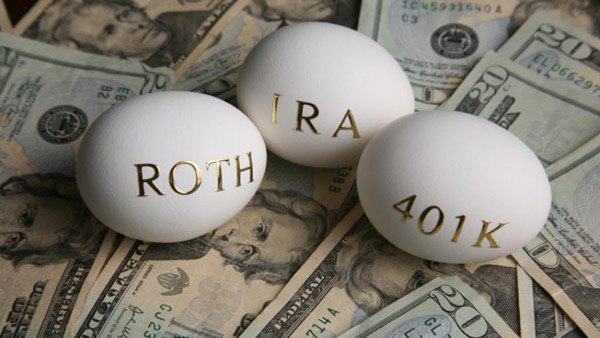
Welcome to Hidden Value, the column where Joe Elsasser, CFP, addresses common financial planning issues with insights advisors and their clients may not have considered.
If your clients have done virtually all of their investing in tax-deferred plans, spend-down strategies may be relatively simple. Find a sustainable withdrawal rate for retired clients and help them stick to it, recognizing required minimum distribution (RMD) rules after age 70 ½.
However, many clients have multiple sources for cash in retirement, including nonqualified investments in taxable accounts. Retirees also may have after-tax Roth accounts that can provide tax-free distributions after age 59 ½ and five-year holding period hurdles are cleared. A deeper look at the tax implications of the client’s various assets and how they interact may reveal some unique hidden opportunities to add additional value to the financial plan.
Many advisors have a default method to plan for multiple streams of cash flow:
First: Tap taxable accounts to maximize tax deferral in retirement plans.
Second: Start accessing pretax plans after age 70 ½, to comply with RMD rules.
Third: Keep money in Roth accounts as long as possible, for eventual tax-free payouts to clients or their beneficiaries.
This sequence has merit, but putting this plan on autopilot can lead to paying more tax than necessary. One key drawback is channeling compound growth into pretax accounts. The larger they grow, the larger the eventual RMDs, which could move the client into a higher future tax bracket.
Moreover, tax-free Roth withdrawals may be justified in some situations. If a client needs cash, but using taxable or tax-deferred accounts could trigger severe tax consequences, qualified Roth distributions might be a better source. For instance, clients might face a situation in which more taxable income would raise taxes on Social Security benefits or long-term capital gains or generate higher Medicare premiums; Roth payouts could come to the rescue!









 March 05, 2019 at 10:21 AM
March 05, 2019 at 10:21 AM












